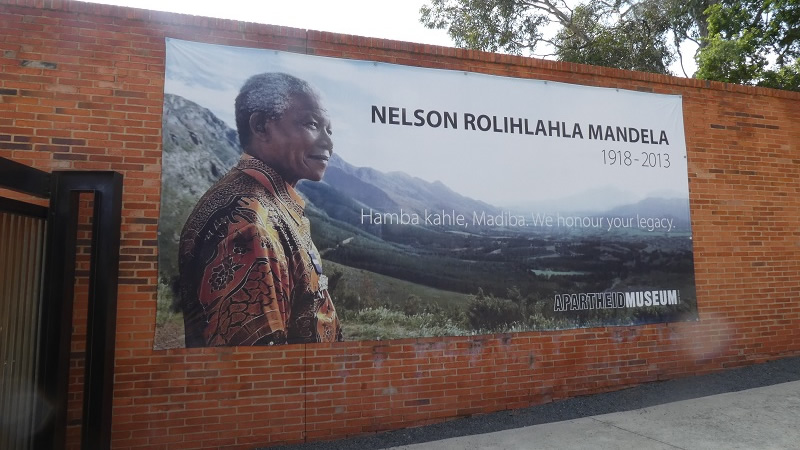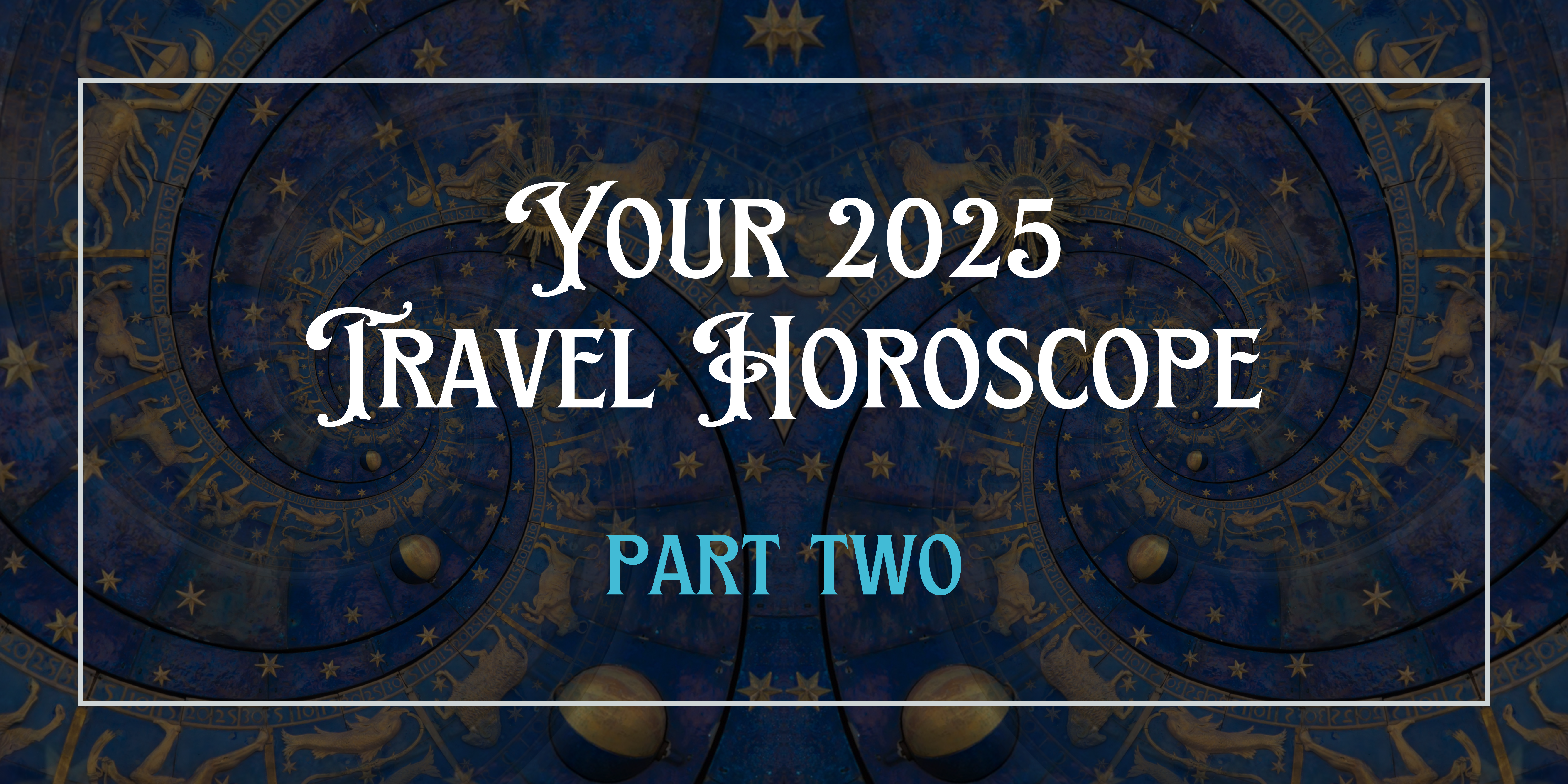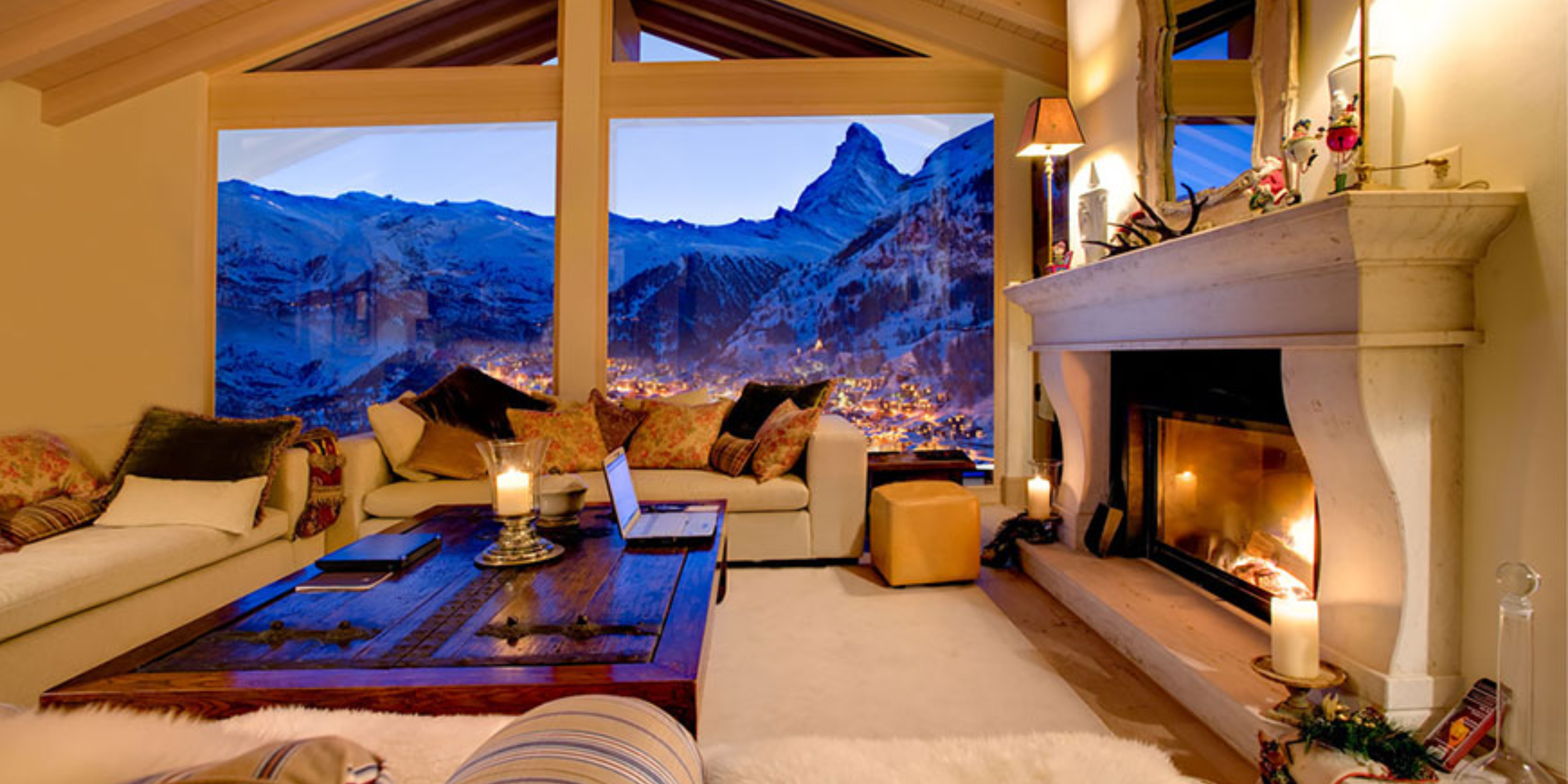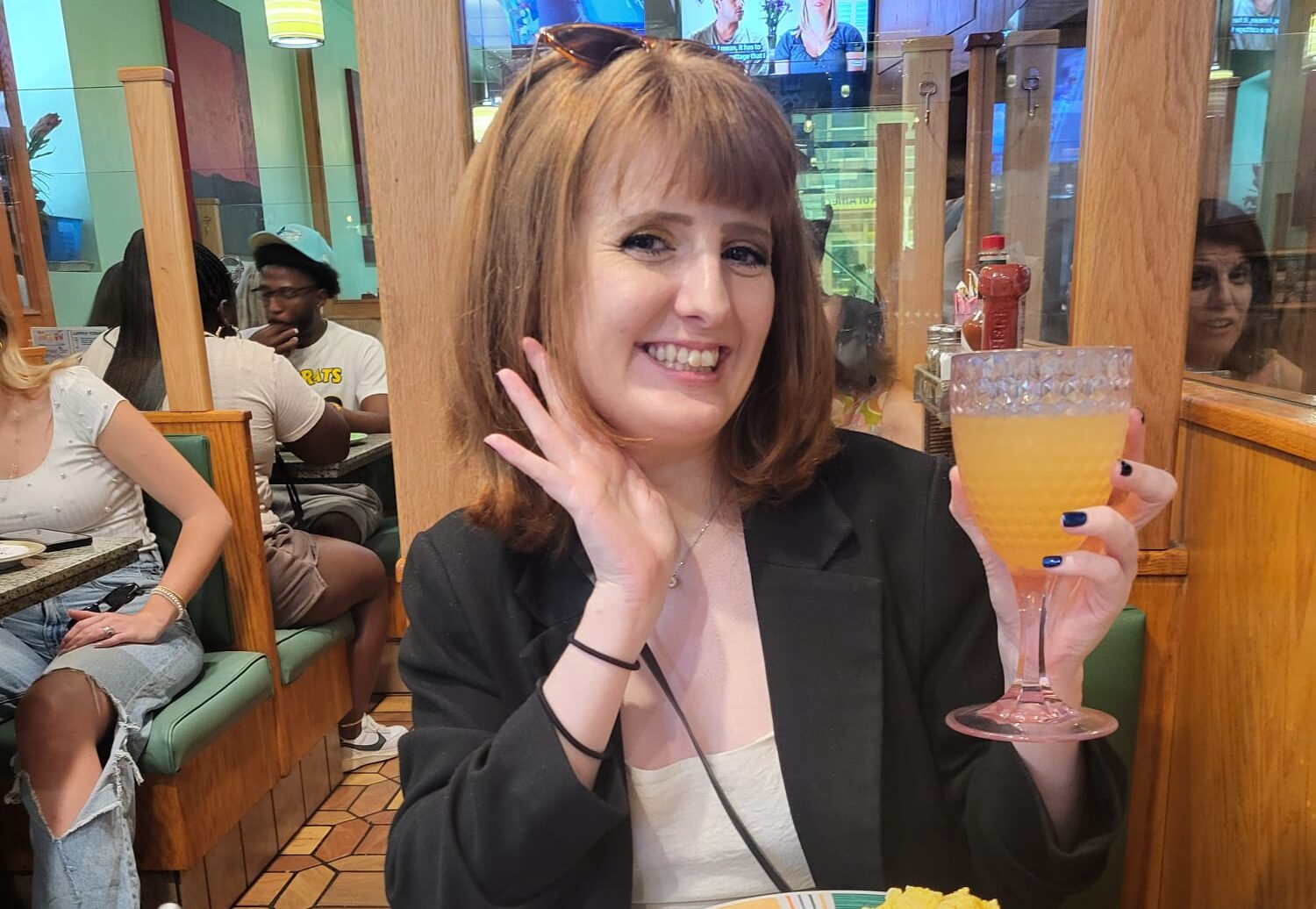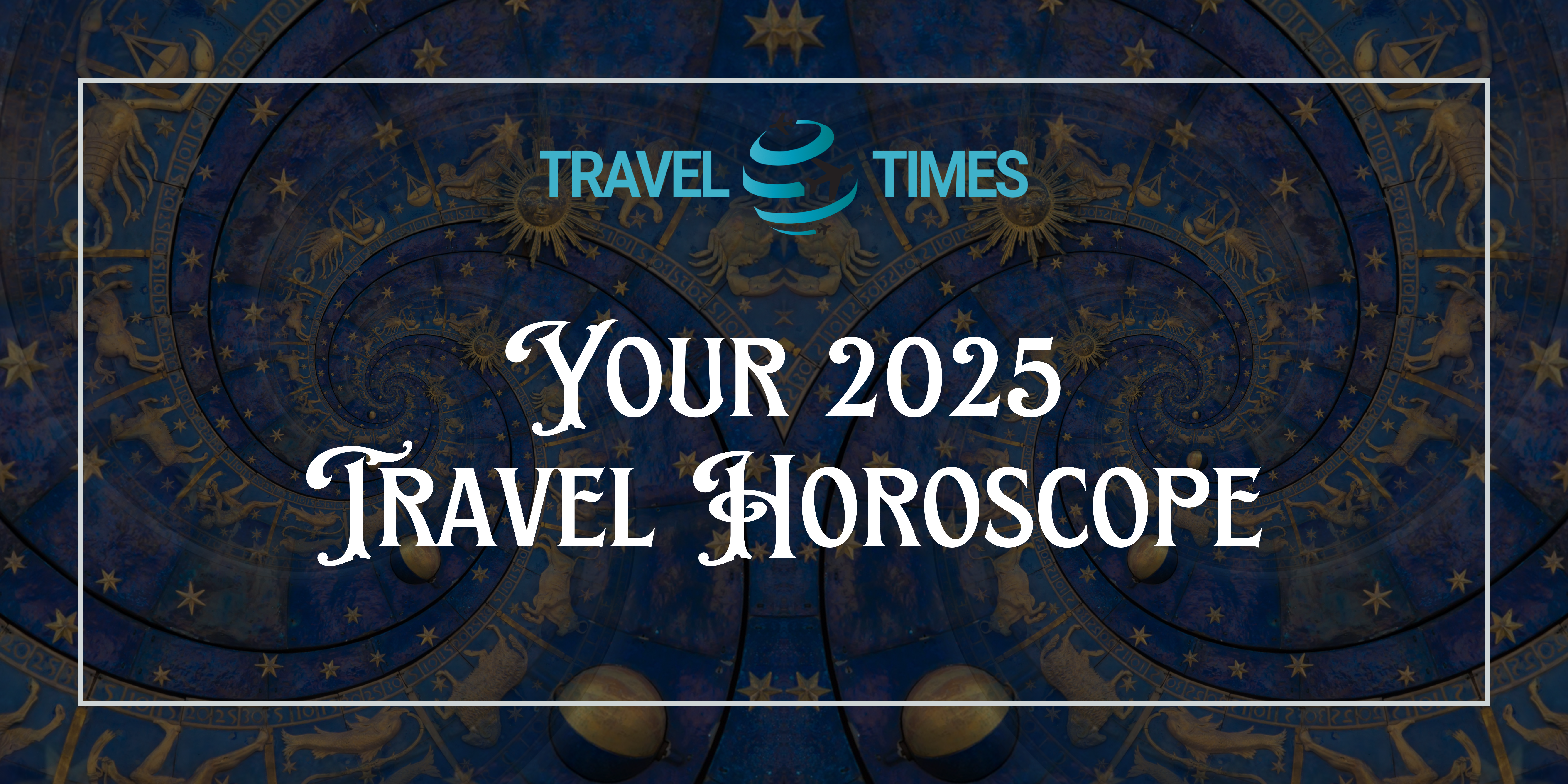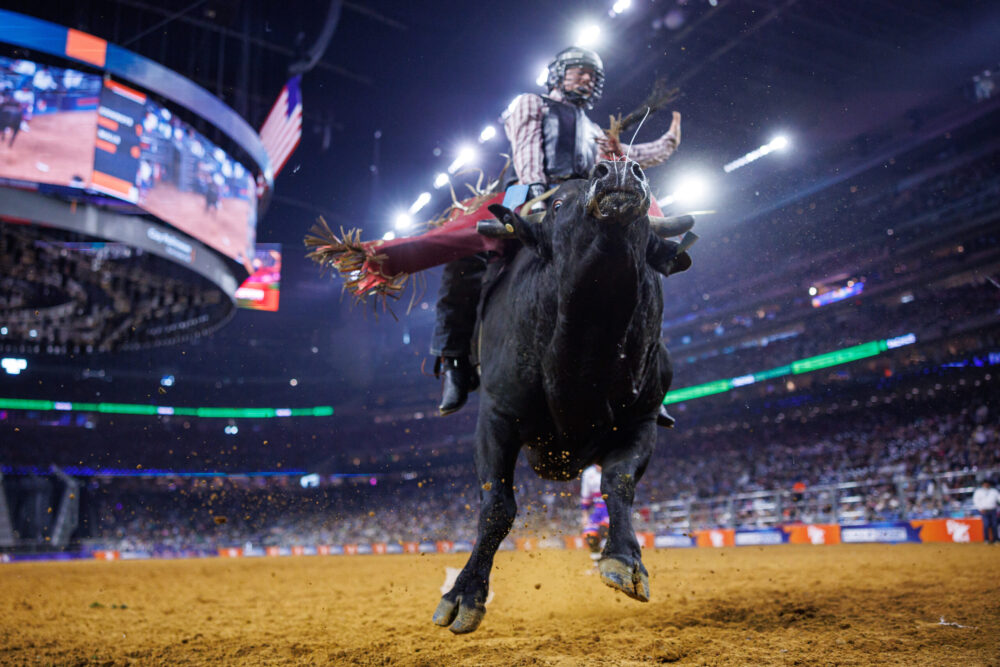by Isabel Conway
“The white man is the master in South Africa and the white man from the very nature of his birth and from the very nature of his guardianship will remain master in South Africa to the end”.
A national assembly debate from 1950 exhibited at Johannesburg’s Apartheid museum chillingly evokes the darkest days of South Africa’s turbulent past.
The turnstiles at the entrance to the museum, one for blankes (whites) the other for nieblankes (non- whites) sets the mood, recalling the bitter legacy of an apartheid system which was to turn twenty million into second and third class citizens.
Visitors to the powerful Apartheid Museum in Johannesburg come face to face with the harrowing story of one of history’s most repressive regimes. We pass signs for the segregated toilets, beaches, park benches, telephone kiosks. Political executions are marked by 131 nooses suspended from a ceiling.
Part of the Apartheid museum is devoted to Nelson Mandela’s legacy. The former President of the new South Africa passed away in 2013. He lived in Johannesburg throughout his free adult life, graduated as a lawyer there and raised his family in a modest home in the Soweto township until his arrest in 1962.
In former times a dusty dangerous gold mining camp, Johannesburg today is a interesting mixture of metropolis and frontier town with plenty to entice curious and adventurous tourists. The largest city in South Africa, it is also the wealthiest and, without doubt, the economic powerhouse of the continent.
Johannesburg’s well- heeled suburbs have high walls, barbed wire and other security as a norm. and it is pretty mind boggling to the first time visitor. We glimpse numerous security firm notices nailed to garden walls with big red signs warning ‘Armed Response’ on entrances to beautiful villas.
Welcome regeneration projects are transforming some areas of downtown Johannesburg into hipster tourist friendly enclaves. From our comfortable Crown Plaza hotel base in the Rosebank suburb we checked out Braamfontein’s fantastic Neighbourgoods food, fashion and crafts weekend market stalls. At 44 on Stanley, a lovely courtyard development, you’ll find cosy cafes, galleries and casual restaurants. GQ magazine called Johannesburg the cool new capital of the Southern hemisphere.
A guided street art tour of the Maboneng cultural precinct with a walking tour company Past Experiences (www.pastexperiences.co.za) was another highlight, exploring street art before sampling Pata Pata Restaurant’s menu of African inspired cuisine on Main Street. Its décor resembles a fifties township diner.
Soweto (www.southafrica.net/travel/destination) South Africa’s largest and best known township, whose population is somewhere between 3 and 4 million, lying south of Johannesburg is a unmissable attraction. We explored Soweto’s historic landmarks connected to the fall of Apartheid, meeting plenty of friendly locals on ‘Lebo’s Tuk Tuk Tour (http://sowetobackpackers.com) . Before setting out our driver Lungile Mbangula explained “people used to say our townships were dangerous but we will show you another side of life”. Their Tuk Tuk tours range from two to four hours costing €33 which includes a good buffet lunch for the shorter one with bike and skateboard tours also on offer.
For a complete contrast we watched the sun go down sipping cocktails on the Sundeck of Sandton a showcase development of five -star hotel properties, high end restaurants and designer boutiques at the heart of Johannesburg’s wealthy high rise financial district. Even in high end restaurants, I noticed, the price of food and wines was a fraction of what we pay at home and the quality was excellent as well as great value.
So next time you have a visit to South Africa
(www.southafrica.net/travel/destination) in your sights come discover Johannesburg and its famous townships for a different side to this fascinating country already so famous for its Garden Route, wildlife, food and wine to see it offers much more.

